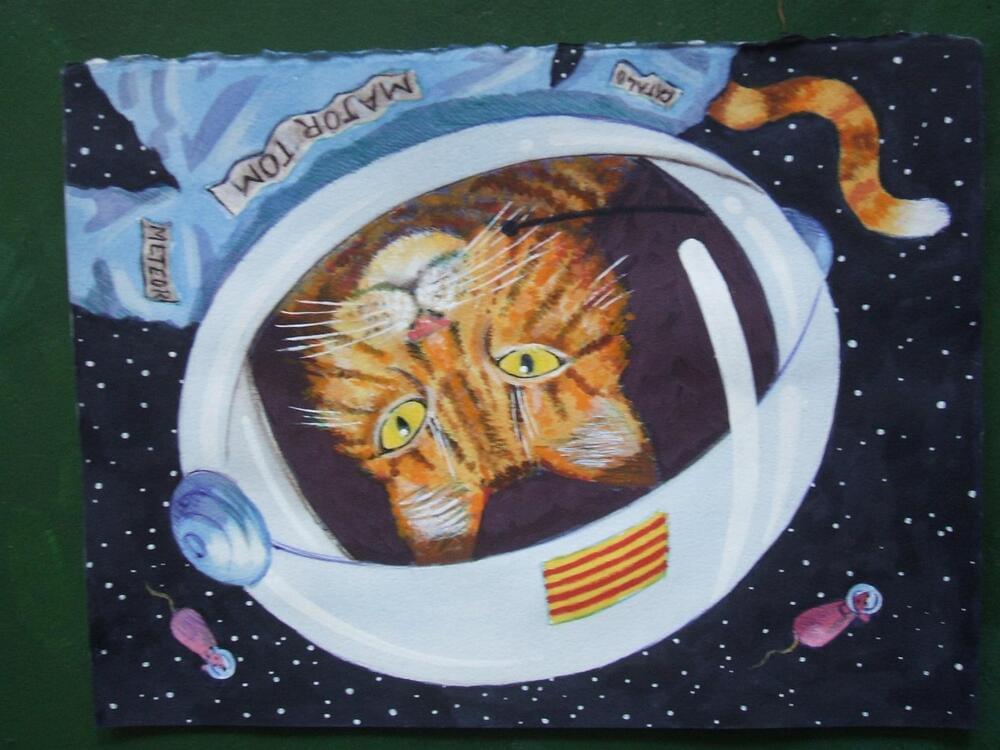TOKYO, March 4 (Reuters) — Japan’s Panasonic Corp (6752.T) is looking to purchase land in the United States for a mega-factory to make a new type of electric vehicle (EV) battery for Tesla Inc (TSLA.O), public broadcaster NHK reported on Friday.
Panasonic is looking at building the factory, to cost several billion dollars, in either Oklahoma or Kansas close to Texas, where Tesla is preparing a new EV plant, NHK reported. NHK gave no timeline for Panasonic’s U.S. project.
NHK did not cite the source of its information. Panasonic said the reported plan was not something it announced.








